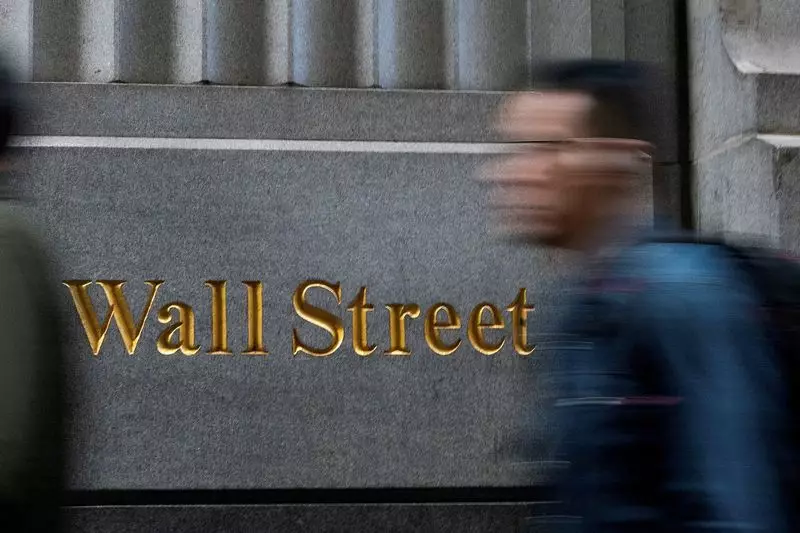As the new year unfolds, the stock market is gearing up for a formidable test, with investors eagerly awaiting the U.S. jobs report expected next week. The performance of this report is critical, as it will provide insights into the underlying health of the economy, which in turn influences the trajectory of the equity markets. Following an impressive year where the S&P 500 buoyed itself with a remarkable 23% gain, investors are keen to determine whether the economic environment can sustain continued growth in 2025. The preceding months witnessed some fluctuations; stocks struggled towards the end of December and early January, suggesting a cooling period after an otherwise vigorous rally.
The positive sentiment permeating investor circles stems from an optimistic outlook on the U.S. economy. A recent survey highlighted that a substantial majority (73%) of institutional investors believe the country will sidestep a recession this year. This optimism is crucial as it sets the stage for anticipated gains in the equities market.
Labor market data serves as a significant barometer for assessing economic conditions. The upcoming report is particularly pivotal given the volatility observed in recent job figures, which have been influenced by sector-specific disruptions like labor strikes in aerospace, as well as adverse weather conditions. The jobs report due January 10 is critical; economists expect it will indicate an increase of about 150,000 jobs with an unemployment rate hovering around 4.2%. This forecast positions the report as potentially “the first clean read” into the hiring trends following a few tumultuous months, as pointed out by experts.
Anthony Saglimbene, a chief market strategist at Ameriprise Financial, emphasizes the need for consistent labor trends to reinforce the positive economic outlook. Should the report disappoint or reflect weakness, it could lead to heightened market volatility. Conversely, a strong indication of job growth could alarm investors, triggering fears of resurging inflation risks, which may necessitate more aggressive monetary policy adjustments from the Federal Reserve.
The Federal Reserve’s stance on interest rates is a key point of discussion amongst investors as they approach the jobs report. The central bank has recently adjusted its forecast for inflation, signaling a potentially steeper path for interest rate increases in the upcoming year. Following a series of rate cuts, a decision to pause easing measures at the end of January is anticipated while market watchers look for hints regarding future cuts.
The delicate balance investors seek reflects their desire for a “Goldilocks” figure—not excessively high nor worryingly low—from the jobs report. A robust employment gain could impact the Fed’s future decisions regarding monetary policy, exacerbating inflationary pressures that have lingered across various sectors of the economy.
The Broader Market Context and Additional Reports
While the labor report is the headline event, several other economic indicators could also sway market movements. Upcoming releases include factory orders and metrics from the services sector, each contributing to a fuller understanding of the economic landscape. December witnessed a dip in stock performance, with the S&P 500 experiencing a decline of 2.5%. Such figures reflect a market struggling to maintain its momentum amid broader economic uncertainties.
Traditionally, the completion of the holiday season ushers in increased market activity; analysts are hopeful that the subsequent week could signal a return to more robust trading volumes. Art Hogan, the chief market strategist at B. Riley Wealth, underscores that this uptick in trade activity is essential for providing clearer directionality for market trends.
The upcoming week stands as a crucial juncture for the stock market. With significant labor market data on the horizon, coupled with Federal Reserve considerations and other economic indicators, investors are poised for a potentially turbulent but revealing period. How the markets respond to these developments will likely shape investor sentiment and strategies for much of 2025.

